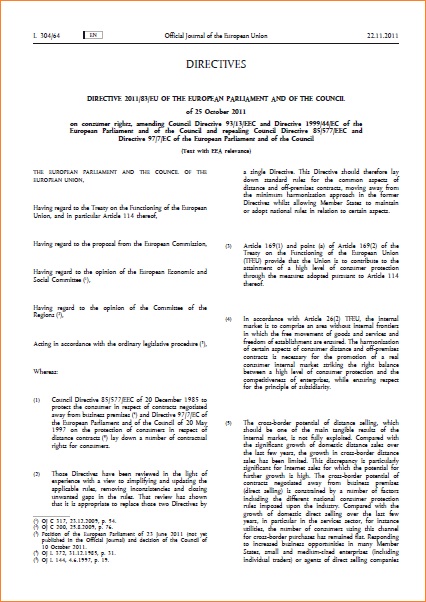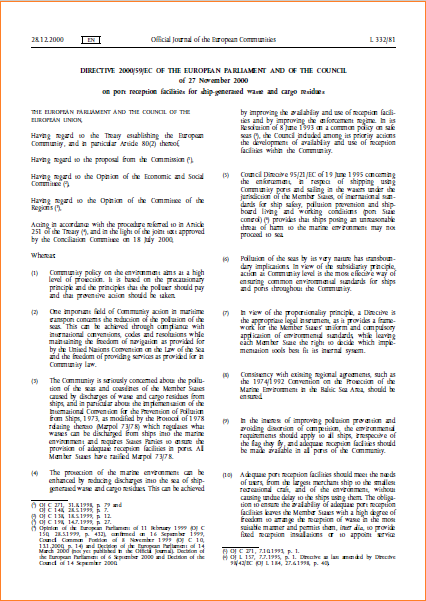
Publications (17)
EU Blue Economy Report 2020
 The 2020 Blue Economy Report is based on 2018 data collected from Eurostat. It includes specific information for each sector in the blue economy, including “building of pleasure and sporting boats”, “repair and maintenance of ships and boats”, as well as “coastal and maritime tourism”. This is broken down at national level for key indicators, such as employment, value added, turnover, gross profit margin and other key indicators.
The 2020 Blue Economy Report is based on 2018 data collected from Eurostat. It includes specific information for each sector in the blue economy, including “building of pleasure and sporting boats”, “repair and maintenance of ships and boats”, as well as “coastal and maritime tourism”. This is broken down at national level for key indicators, such as employment, value added, turnover, gross profit margin and other key indicators.
The report also includes a case study on “The Recreational Boating Industry: Made in Europe” (from page 150). The full report can be found here, as well as the country-specific information here and here. The European Commission also provides an online dashboard to view the data here.
Policy paper: Blue Economy in the Mediterranean
The policy paper sets forward a list of objectives and actions for promoting Blue Economy in the Mediterranean based 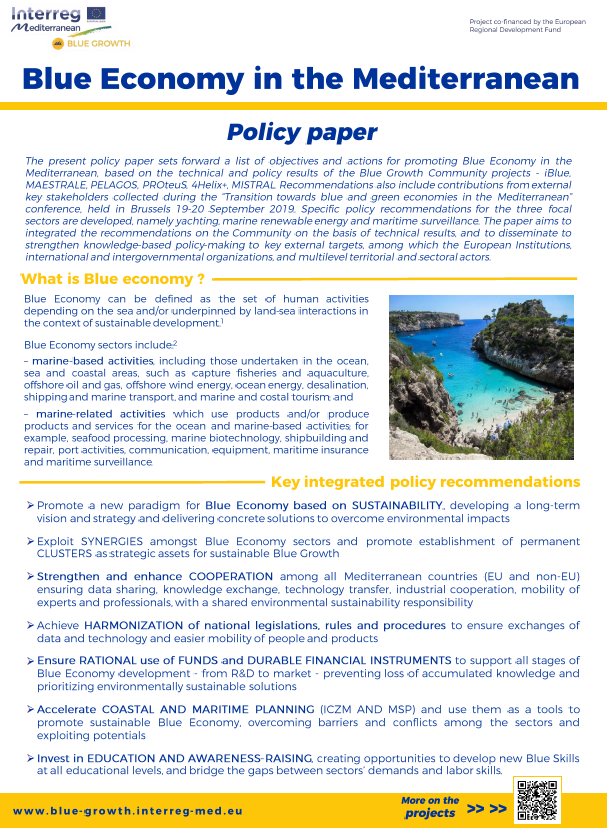 on the technical and policy results of the Blue Growth Community projects. One of its focal sectors is the yachting industry for which specific recommendations were developed.
on the technical and policy results of the Blue Growth Community projects. One of its focal sectors is the yachting industry for which specific recommendations were developed.
The 2018 annual economic report on EU Blue Economy
 Prepared by the Directorate-General for Maritime Affairs and Fisheries (European Commission) jointly with the Joint Research Centre, in April 2018
Prepared by the Directorate-General for Maritime Affairs and Fisheries (European Commission) jointly with the Joint Research Centre, in April 2018
This first Annual Economic Report of the EU Blue Economy intends to measure the trends, performance and progress of the Blue Economy in Europe.
It looks into the established maritime sectors (living resources; marine extraction and oil & gas; ports, warehousing and water projects; shipbuilding & repair; coastal tourism) but also at some emerging innovative sectors (marine renewable energy; blue bioeconomy; desalination; deep-seabed mining; coastal and environmental protection).
Lifelong learning, mobility and new training programs in the blue economy
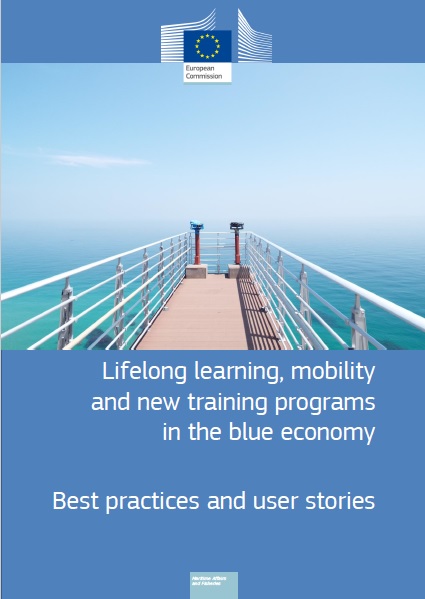 Best practices and user stories
Best practices and user stories
Prepared by the Directorate-General for Maritime Affairs and Fisheries (European Commission) in April 2018
This compendium regroups initiatives in Europe that help developing the skills of maritime professionals and making them fit for the diverse needs of an evolving maritime economy. More particularly, the initiatives focus on digitalization and globalization and the new opportunities and unforeseen challenges this technology brought upon the sector.
Ocean literacy
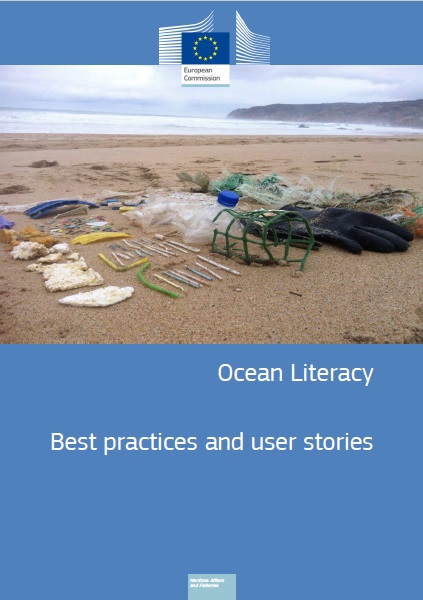 Best practices and user stories - Study
Best practices and user stories - Study
Prepared by the Directorate-General for Maritime Affairs and Fisheries (European Commission) in April 2018
This compendium regroups initiatives in Europe that help developing the skills of maritime professionals and making them fit for the diverse needs of an evolving maritime economy. More particularlyd, the intiatives have the objective to increase ocean knowledge.
Bridging education and business in the blue economy
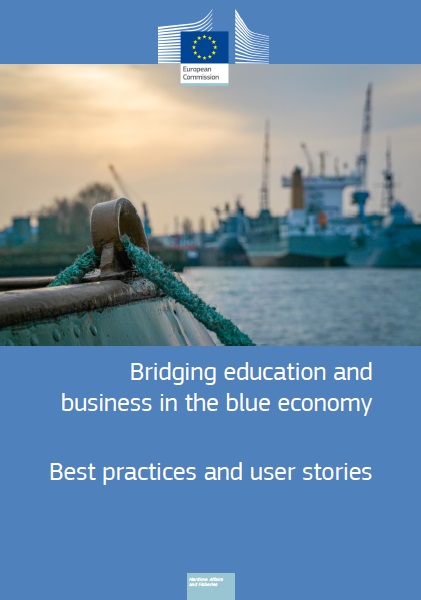 Best practices and user stories - Study
Best practices and user stories - Study
Prepared by the Directorate-General for Maritime Affairs and Fisheries (European Commission) in April 2018
This compendium regroups initiatives in Europe that help developing the skills of maritime professionals and making them fit for the diverse needs of an evolving maritime economy. More particularly, it looks at the link between education and industry in the maritime economy, sectors in constant evolution.
Study on the competitiveness of the recreational boating sector
 Prepared for the European Commission, in November 2016
Prepared for the European Commission, in November 2016
After the Communication from the European Commission, A European Strategy for more Growth and Jobs in Coastal and Maritime Tourism, that underlined the importance of coastal and maritime tourism, especially for employment for the whole economy, the Directorate General Entreprise and Industry ordered this study to assess the overall competitiveness of the recreational boating sector.
The study identifies the main factors influencing the competitive performance of the EU recreational boating industry and provides policy recommendations on how the competitiveness of this sector in Europe could be improved. Several aspects are researched:
- Analysis of the demand for recreational boating in Europe
- Analysis of the boat manufacturing sector
- Analysis of the services sector
- Scenarios and recommendations to improve the EU’s growth and employment strategy
Directive 2008/56/EC establishing a framework for community action in the field of marine environmental policy
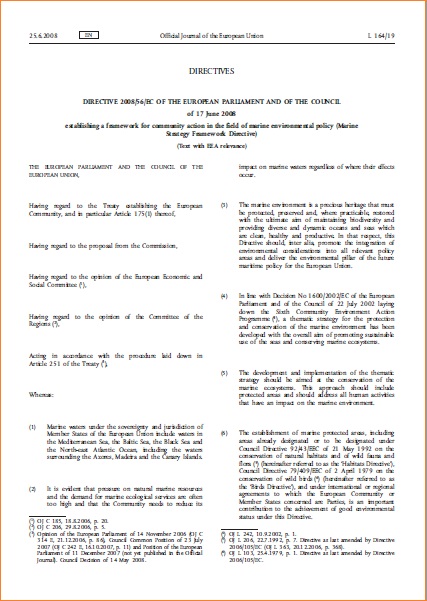 Also known as Marine Strategy Framework Directive (MSFD)
Also known as Marine Strategy Framework Directive (MSFD)
What is the aim of the directive?
- It establishes a common approach and objectives for the prevention, protection and conservation of the marine environment against damaging human activities
- It requires EU countries to develop strategies to achieve ‘good environmental status’ by 2020
- It emphasises the need for EU countries to cooperate with their neighbours in the marine regions
- It recognises the importance of spatial protection measures for the marine environment
The Marine Strategy Framework Directive requires Member States to adopt Programmes of Measures to achieve good environmental status in their marine waters by 2020.
The Programmes of Measures shall include spatial protection measures contributing to coherent and representative networks of marine protected areas (MPAs). This is the report on the progress in establishing marine protected areas
- Progress in establishing marine protected areas (3256 Downloads)
Nautical activities: What impact on the environment? A life cycle approach for “clear blue” boating
 Commissioned by the European Confederation of Nautical Industries, ECNI. June 2009
Commissioned by the European Confederation of Nautical Industries, ECNI. June 2009
This study is structured in order to follow the life-cycle approach of a boat, and identify its environmental impact from its conception and manufacturing stage, through its useful life and related operations, and concluding with its disposal at the end of life of the boat.
A European Strategy for more Growth and Jobs in Coastal and Maritime Tourism - Communication from the Commission
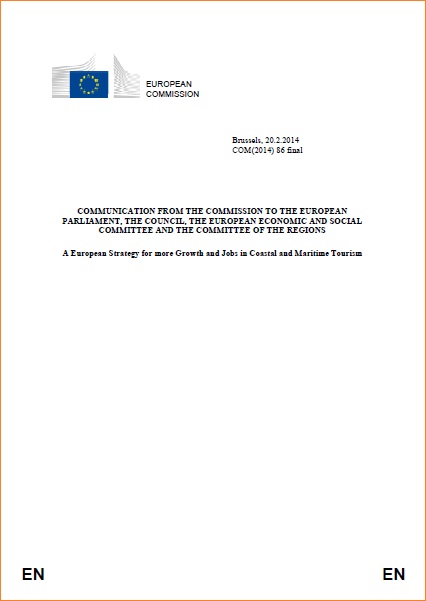 Communication published in February 2014
Communication published in February 2014
Following the Commission's 2010 Communication announcing a strategy for sustainable coastaland maritime tourism, this Communication from 2014 proposes joint responses to the multiple challenges, with a view to capitalise on Europe's strengths and enabling it to substantially contribute to the Europe 2020 objectives for smart, sustainable and inclusive growth.
Directive 2013/53/EU on recreational craft and personal watercraft
Directive 2011/83/EU on consumer rights
Directive 2000/60/EC establishing a framework for Community action in the field of water policy
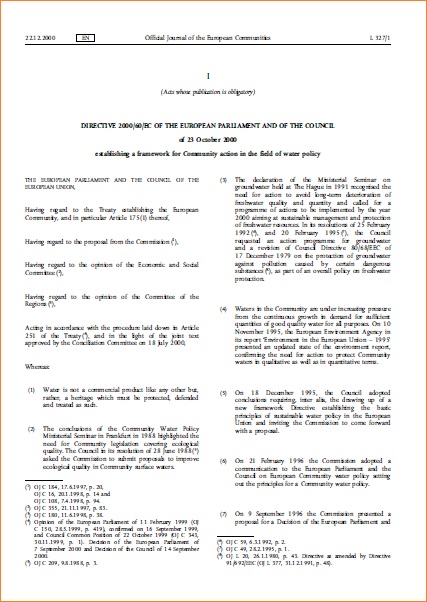 Also known as EU Water Directive
Also known as EU Water Directive
What is the aim of the directive?
- It sets out rules to halt deterioration in the status of EU water bodies and achieve ‘good status’ for Europe's rivers, lakes and groundwater by 2015.
- Specifically, this includes: protecting all forms of water; restoring the ecosystems in and around these bodies of water; reducing pollution in water bodies; guaranteeing sustainable water usage by individuals and businesses.
Directive 2000/59/EC on port reception facilities for ship-generated waste and cargo residues
- It enhances the availability and use of port reception facilities for ship-generated waste and cargo residues.
- It also sets out a regime of enforcement, including a system for inspections and for the exchange of information.
The directive is currently under the process of being revised.
Assessment of the Impact of Business Development Improvements around Nautical Tourism
 Prepared for the European Commission, in November 2016
Prepared for the European Commission, in November 2016
The objective of this study was to provide the European Commission with evidence to inform decisions about the development of EU policy on issues relevant to nautical tourism. The specific objectives were to, for a predefined set of nautical tourism topics:
- Explore and identify problems affecting the market performance;
- Identify policy options and an elaborated short list of options that address the causes of these problems; and
- Analyse the expected impacts of the short-list of policy options





